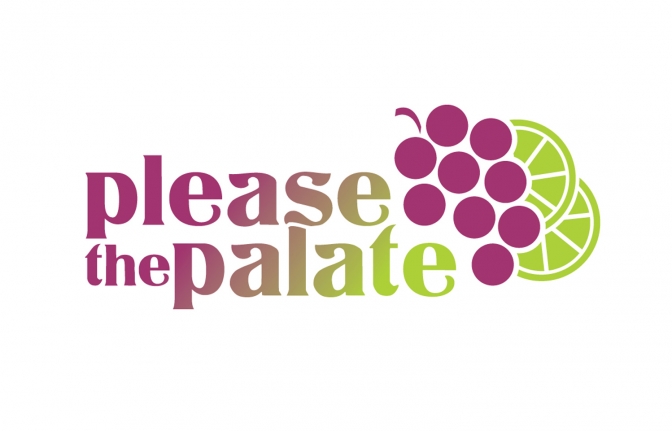This month Allison Levine on his blog "Please the Palate" writes about the influence of terroirs on the grape and recommends the collection of La Nit de la Garnatxes del Celler de Capçanes.
"There are general descriptors that say that sandy soils produce highly aromatic wines with low tannins and clay soils produce muscular wines with high extract. And there are examples of wines from around the world that demonstrate the influence on wines from sandy, volcanic, clay, limestone, slate and other soils.
But to really understand the influence of soil on wine, what if you could narrow down all of the other elements — same grape, same vintage, same region, same viticulture practices, same vinification but four different soils? You can with Capçanes’ La nit de les garnatxes series."
Sand
Sand provides no nutrition to the vines. It does not retain water and does not keep heat, which helps with a diurnal shift in temperatures between day and night and results in increased acidity in the grapes. The resulting wine is crisp and fresh with notes of raspberry, fresh blackberry and violets. On the palate, it is light and delicate with medium tannins and medium acidity.
Clay
Similar to terra cotta and red in color, clay has high water retention but then becomes heavy like concrete. The soil is rich in nutrients and the resulting wine is a darker red color with a bigger nose of black raspberry, black cherry, violets, bramble and earth. On the palate, the wine has medium tannins and bright bold acid that hits the sides of the palate. It is a wine that is rustic yet structured.
Limestone
Limestone is a poor soil but it contains minerals. It does not hold water or heat. The resulting wine is delicate with a sophisticated structure. It has cool, chalky notes with pomegranate and tart cherry notes, as well as medium tannins and medium-plus acidity.
Slate
Slate is a dark grey color that keeps heat and produces grapes that are higher in alcohol, lower in acidity and sweet. The wine has elegant aromas of blackberry, bitter cacao and floral notes. On the palate, it structured with medium tannins and acidity that hits back of the palate, tucking under the tongue and making the mouth water.


